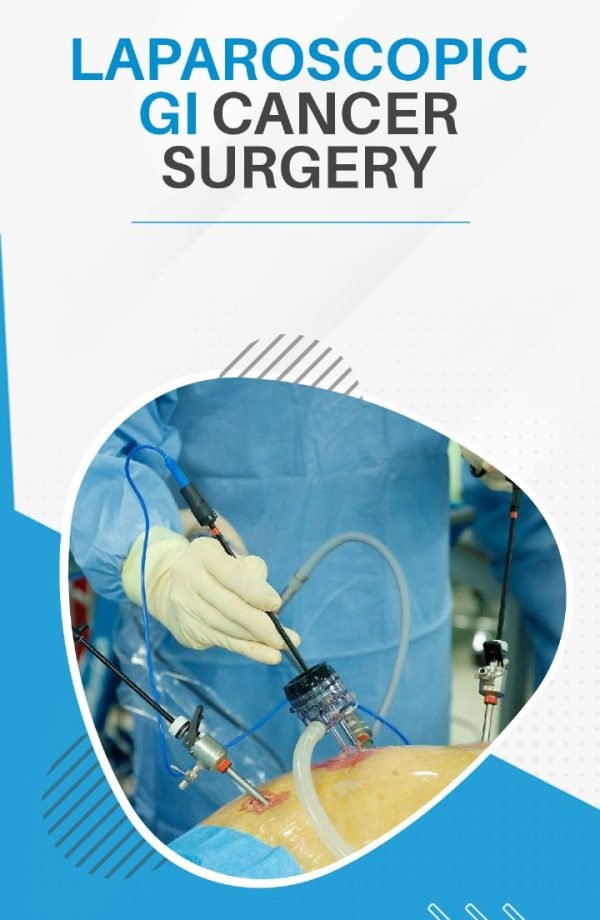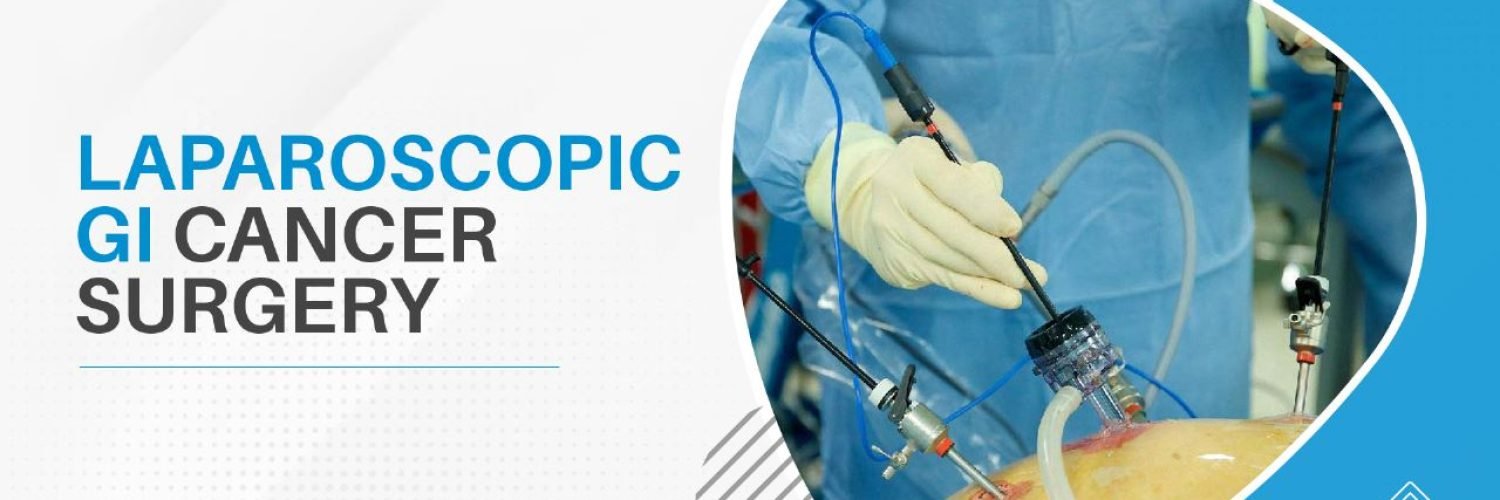- Abdominal Hernia Surgery in Dombivli
- Anal Fissure Laser Surgery in Dombivli
- Appendix Treatment in Dombivli
- Bariatric Surgery in Dombivli
- Best Laparoscopic Surgeon in Dombivli
- Blogs
- Cases Operated
- Colorectal Cancer Treatment in Dombivli
- Contact us
- Custom
- Dr Rahul Mahadar
- Dr. Dhanashree Mahadar
- Endoscopy Clinic in Dombivli
- Ent Surgeon in Dombivli
- Gall Bladder Cancer Surgery in Dombivli
- Gallbladder Stone Treatment in Dombivli
- Gastrointestinal Surgeon in Dombivli
- Hernia Surgeon in Dombivli
- Home
- How to Choose the Right Gastroenterologist Near You
- Laser Fistula Surgery in Dombivli
- Laser Piles Surgeon in Dombivli
- Pancreatic Cancer Treatment in Dombivli
- Services
- Specialities
- Stomach Cancer Treatment in Dombivli
- Testimonials
- Video


Gastrointestinal (GI) cancer is one of the most complicated cancers. Surgery is often used to treat stomach cancer. The type of surgery is mainly depending on the size and location of the tumor. Laparoscopic surgery is the most advanced and successful surgical procedure than traditional open surgery. Laparoscopic GI cancer surgery involves only smaller incisions instead of big tissue cutting.
- Type of stomach cancer
- Patient’s age
- Function of organs
- Patient’s overall health condition
- To cure the cancer by completely removing the entire tumor and surrounding lymph nodes.
- To reconstruct the gastrointestinal (GI) tract after the removal of the stomach.
- To ease symptoms of advanced stomach cancer.
The type of Laparoscopic GI cancer surgery is usually depending on the types of stomach cancer and how cancer is affecting the surrounding tissue.
- Endoscopic Resection
Endoscopic mucosal resection and endoscopic sub-mucosal resection surgery is performed to treat some early stage cancers in which chances of cancer spreading to the lymph nodes is very low. In this procedure, surgeon passes an endoscope down the throat and into the stomach. Surgical tools can be passed through this endoscope to remove the tumor and surrounding infected stomach part.
- Partial Gastrectomy
Doctor performs Partial Gastrectomy if cancer is located only in the lower part of the stomach. It can also perform for cancers that are located only in the upper part of the stomach. In Partial Gastrectomy, only part of the stomach is removed along with part of the esophagus or the first part of the small intestine (the duodenum). The remaining section of stomach is then reattached. Patient can eat food more easily after surgery if only part of the stomach is removed instead of the entire stomach.
- Total Gastrectomy
Total Gastrectomy is performed if the cancer has spread throughout the stomach. It is also often done if the cancer is in the upper part of the stomach near the esophagus. In Total Gastrectomy, surgeon removes the entire stomach, nearby lymph nodes, omentum and can also remove the spleen, parts of the esophagus, intestines, pancreas or other nearby organs. The end of the esophagus is then attached to part of the small intestine which allows food to move down the intestinal tract.
- Lymph Node Dissection (Removal)
Nearby Lymph nodes are removed in either a subtotal or total gastrectomy. Lymph node dissection is classified by the location of the lymph nodes that are removed. A D1 lymph node dissection removes the lymph nodes attached to the outer wall of the area of the stomach containing the tumor. A D2 lymph node dissection removes D1 lymph nodes and the lymph nodes around several large blood vessels near the stomach. A D2 lymph node dissection is a longer and more complicated surgical procedure
Palliative surgery is effective for people with unresectable stomach cancer. Surgeon performs palliative surgery to control the cancer or to help prevent or relieve symptoms.
Stomach bypass surgery is also called a gastrojejunostom. Tumors in the lower part of the stomach can grow large enough to block food from leaving the stomach. In such condition, Surgery is done to change the flow of food or fluids around a stomach tumor. In this procedure, a part of the stomach that is above the blockage is cut and then reattached to the small intestine. Gastric Bypass allows the food to move through the stomach and into the small intestine.
Endoscopic tumor ablation uses laser surgery to destroy some of the stomach tumor. This technique can be used in people who can’t undergo surgery. Endoscopic Tumor Ablation is done to stop bleeding or to relieve a tumor blockage in people with advanced stomach cancer. This procedure helps patient to eat more easily.
A stent is a hollow metal or plastic tube. Stents are used if a tumor is blocking the opening of the stomach near the esophagus. It helps patients with advanced stomach cancer to swallow more easily. A stent can be placed at the opening to the duodenum, to allow the food to pass from the stomach into the small intestine. The doctor places the stent using an endoscope.
Some stomach cancer patients are not able to eat or drink enough to get adequate nutrition. In such case, a minor surgery is done to place a feeding tube through the skin of the abdomen and into the distal part of the stomach or into the small intestine. A feeding tube can also be used for a short time after stomach cancer surgery. Liquid nutrition is then put directly into the tube to maintain healthy body weight.
A bowel obstruction occurs when the small intestine or colon is partly or completely blocked due to tumor. This blockage prevents food, fluids and gas from passing through the intestines normally. If patient has bowel obstruction then laparoscopic GI cancer surgery is needed to remove or bypass the part of the intestine that is blocked.
Today most of the GI surgeons perform Stomach Cancer surgery by Laparoscopic technique instead of traditional open surgery. Laparoscopic GI Cancer surgery is safer and has fewer complications. It is more advanced and side effects free surgical procedure than open cancer surgery.
Laparoscopic GI Cancer surgery is more beneficial for patients than traditional open GI Cancer surgery. Major benefits of Laparoscopic GI cancer surgery are:
- Faster Recovery
- Fewer chances of infection
- Less blood loss
- No big tissue cutting
- Shorter hospital stay
- Smaller scars after surgery
- Easy to treat complicated stomach cancer types

